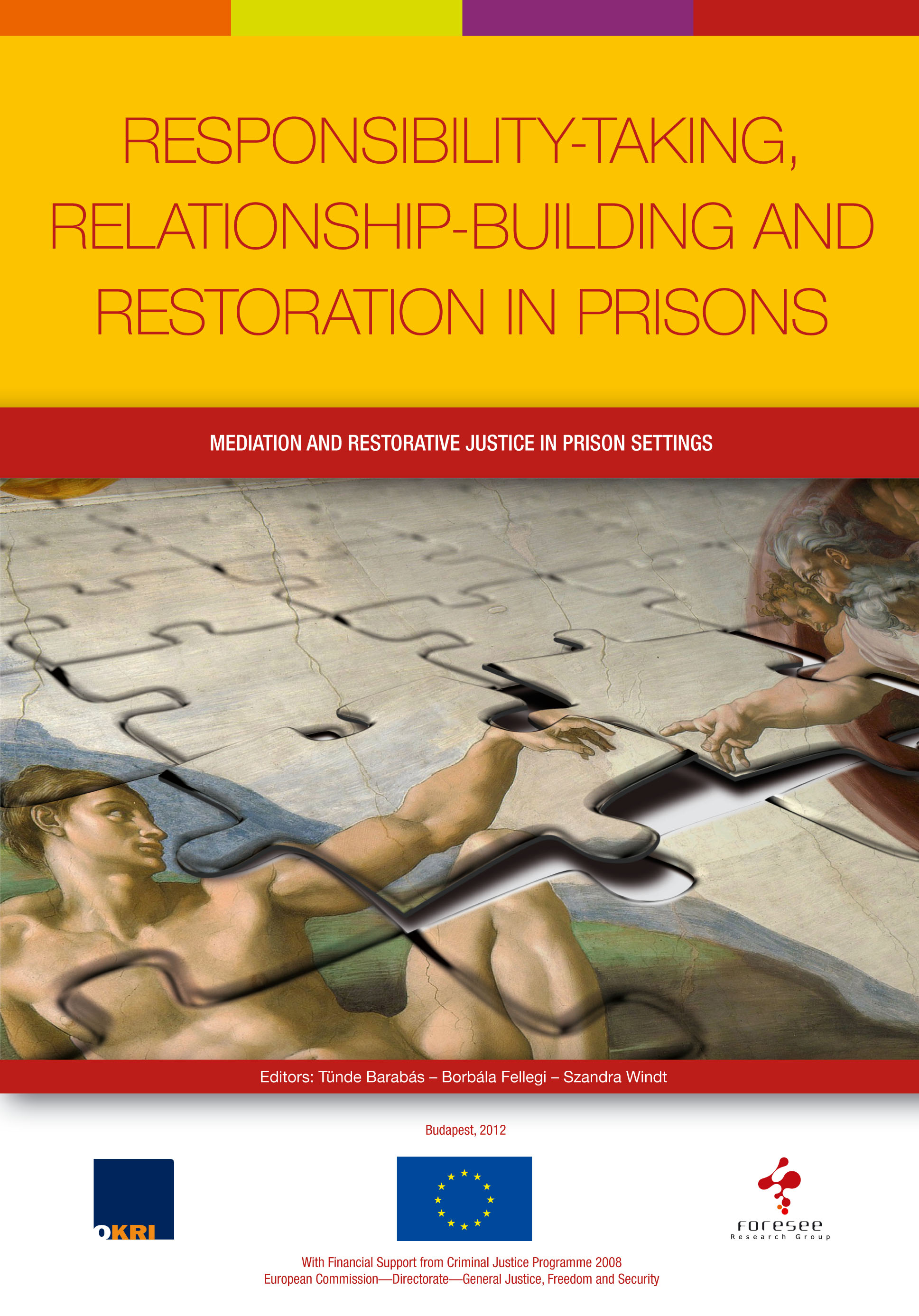Key theoretical issues include: how to involve the community in the process of creating and obeying social norms? What are the possible responses to norm-breaking and what is the potential role of the community in this process? How to encourage responsibility-taking, apologising, forgiveness and restoration amongst the parties (victims, offenders and other community members) affected by a harmful act? What are the potential consequences and the limitations of such a process? What are the conditions for community-based decision-making and how to support communities in creating partnership-based cooperation while dealing with conflicts? What are the roles of trust, responsibility and social ties in the above processes?
The starting point of the book is that the phenomenon of norm-breaking is as related to the social policy system as much as to the criminal justice system. Consequently, the first chapter discusses the main connecting issues between social policy and criminal justice. This chapter also summarises the four hypothesises: 1.) restorative justice can be more effective on both the micro and macro level in responding to norm-breaking than is the classical retributive justice approach; 2.) restorative justice could and can be implemented on several levels into the current Hungarian social and criminal justice system; 3.) the restorative justice approach can be highly relevant for current legal practitioners, with special focus on the views of judges and prosecutors; 4.) the ‘lost in transition’-hypothesis: the process of institutionalisation contains a high risk of losing and forgetting the underlying principles of restorative justice.
The second chapter attempts to provide a complex overview of the theoretical background of restorative justice. It starts with the macro issues (how compatible is restorative justice with other sanctioning approaches?). This is followed a discussion of the micro-level mechanisms (what are the actual social psychological dynamics between the involved parties in a restorative justice process?). The chapter concludes by mapping the theoretical questions related to the process of institutionalisation. The third chapter analyses the past and present processes of restorative justice in Hungary. The fourth chapter discusses the results of an in-depth interview-based research project in which Hungarian judges and prosecutors were asked about their attitudes (main motivations and concerns) towards mediation and other restorative processes.
The closing chapter summarises issues raised by the initial hypothesises, draws conclusions about the implementation process and provides a SWOT analysis of the current system of victim-offender mediation in Hungary. Hence, it is highlighting the main strengths, weaknesses, opportunities and threats to be found in the present institutional system. The final remarks tie these researches, results and analyses back to the starting point of the dissertation: both the theoretical and practical aspects of restorative justice can contribute to making our social policy and criminal justice system more effective – and thus to creating a more peaceful society around us.
The Recension by Katalin Gönczöl and Emőke Bányai can be read by following the links provided below (the language is in both cases, Hungarian):
o The recension of Katalin Gönczöl about Borbála Fellegi's book Towards restoration – The implementation of restorative justice in Hungary (In.: Magyar Tudomány, March 2010)
o The recension of Emőke Bányai about Borbala Fellegi's book, entitled "Towards restoration – The implementation of restorative justice in Hungary" (April 2009)
The table of contents can be downloaded here, the book's theses can be found here.
The book is available in Hungarian and can be ordered via internet here.














No comments